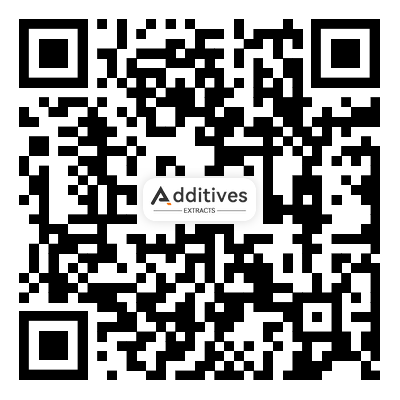What does first aid equipment include?
2023-12-06
First aid equipment refers to a range of essential tools, supplies, and materials used to provide initial medical assistance and care in the event of an injury, illness, or medical emergency. These items are crucial for stabilizing a person's condition, preventing further injury or complications, and providing immediate assistance until professional medical help arrives. First aid kits typically contain various items suited for treating minor injuries or providing initial care before professional medical attention is available. Here are common components found in first aid equipment:

1. Bandages and Dressings: Adhesive bandages (plasters), sterile gauze pads, adhesive tape, triangular bandages, and elastic bandages for covering wounds, cuts, and abrasions.
2. Antiseptics and Cleansers: Antiseptic wipes, alcohol pads, hydrogen peroxide, or antiseptic solutions for cleaning wounds and preventing infection.
3. Scissors and Tweezers: Sharp scissors for cutting bandages or clothing, and tweezers for removing splinters or foreign objects from wounds.
4. CPR Mask: A pocket mask or barrier device for performing cardiopulmonary resuscitation (CPR) safely.
5. Resuscitation Equipment: Depending on the kit's level, it might include items like a bag-valve mask (BVM) for providing assisted breathing.
6. Personal Protective Equipment (PPE): Gloves and face shields to protect the rescuer from bloodborne pathogens or bodily fluids when providing aid.
7. Burn Dressings: Burn gels or dressings designed specifically for treating minor burns and scalds.
8. Instant Cold Packs: Packs that can be activated to provide immediate cold therapy for sprains, strains, or swelling.
9. Eye Wash Solution or Eye Pads: Used for rinsing eyes to remove foreign particles or to protect injured eyes.
10. Medications: Basic medications such as pain relievers (like acetaminophen or ibuprofen), antihistamines, or oral rehydration salts might be included.
11. First Aid Manual or Guide: Instructions on administering first aid and providing guidance in emergency situations.
The contents of a first aid kit may vary based on the kit's size, intended use, and specific requirements set by workplaces, organizations, or regulatory standards. It's crucial to periodically check and replenish items in the kit to ensure they are up-to-date, sterile, and ready for use in emergencies. Additionally, professional first aid training and certification are recommended to effectively use these supplies and provide proper care in emergency situations.


